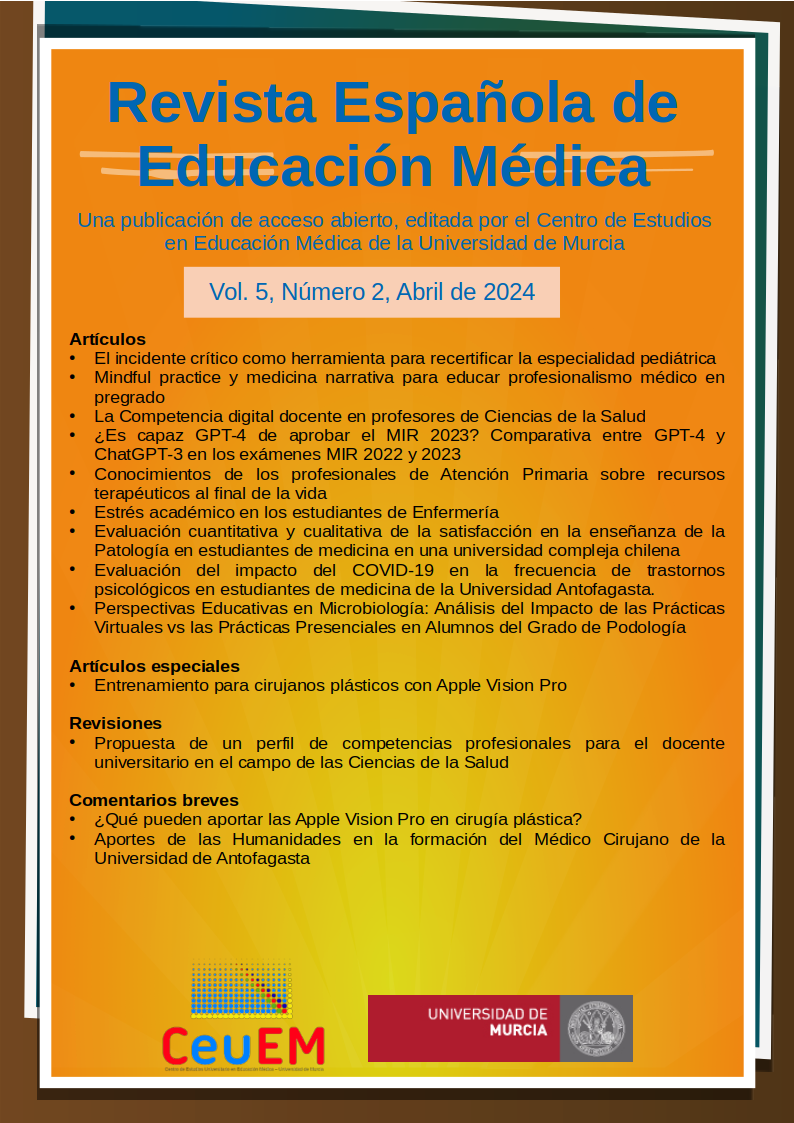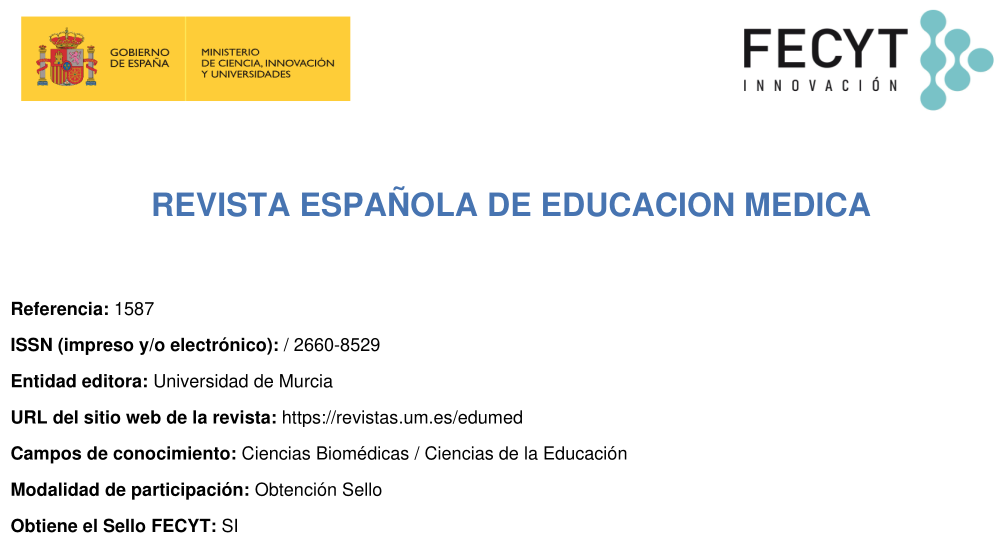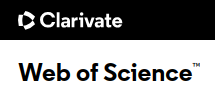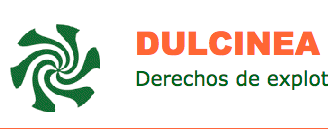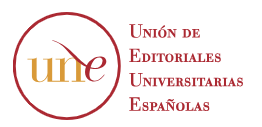The critical incident as a tool to recertify the pediatric specialty.
Supporting Agencies
- No funding was received
Abstract
The practice of the medical profession in our specialty requires an adequate skills profile which includes knowledge, skills, attitudes, and values. The critical Incident (CI) is a structured narrative in which the professional describes any event that occurred during the daily medical activity, which triggers doubts or perplexity, motivating actions and thoughtful thinking that improve the professional development. Objectives: to describe rresults of the IC performed in the recertification process, the factors associated with its approval, and to evaluate whether the CI is an appropriate tool to be included as part of the recertification process. Methodology: descriptive analytical cross-sectional study. Results: eleven CIs (73%) were approved; the most frequent reason for choosing CI was the need to improve score levels for achieving recertification (73%); Age: median 52 years (IQR 49 to 58); 100% were female; 48% were trained in specialized hospitals and the time of recertification was 120 months (IQR 96 to 122). Knowledge Domain: 14% developed an adequate clinical scenario and 13% the research question, and 20% made an adequate summary. In Practice Domain:35% implemented appropriate profesional strategies; 13% of the other effectors developed appropriate strategies and only 7% carried out complete bibliographic searches in their action plan. Reflective Learning Domain: the results inherent to the patient (33%) and the professional (20%), carried out an adequate comprehensive approach; on the final reflections 13% and 15% developed adequately strengths and weaknesses, respectively in relation to the clinical case. Conclusions: Professionals obtaining approved ICs were the ones who achieved a comprehensive approach of the patient and his problem, this condition being related to having achieved the adequate development of reflective learning (knowing to be-clinical reasoning). Based on these results, we could assume that the IC could be an appropriate tool to include in the recertification process. No statistical association was found between the investigated variables and the approval of the CI.
Downloads
Metrics
-
Abstract266
-
pdf (versión 2) (Español ...188
-
pdf (version 2)188
References
Página web de la Sociedad Argentina de Pediatría. https://www.sap.org.ar/uploads/archivos/general/files_baremo-cep-06-23_1685706184.pdf
Flanagan J. The Critical Incident Technique. Psychological Bulletin, 1954, 51 (4): 327-58. https://psycnet.apa.org/doi/10.1037/h0061470
Morán Barrios J, Ruiz de Gauna P, Ruiz Lázaro PM, Calvo R. Metodologías complementarias de aprendizaje para la adquisición de competencias en la formación de especialistas y actividades profesionales confiables. Educación Médica, 2020, 21: 328-337. https://doi.org/10.1016/j.edumed.2020.02.001
Guyatt GH, Haynes R, Jaeschke RZ, et al. Users' Guides to the Medical Literature XXV. Evidence- Based Medicine: Principles for Applying the Users' Guides to Patient Care. Evidence-Based Medicine Working Group. JAMA, 2000, 284 (10): 1290-1296. https://doi.org/10.1001/jama.284.10.1290
Dresh S, Murno J, y col. Criterio Médico. Definición, proceso y evaluación (1ª parte). Arch. Arg. de Pediatría, 1998, 96: 39-45. https://www.sap.org.ar/docs/publicaciones/archivosarg/1998/98_39_45.pdf
Dresh S, Murno J, y col. Criterio Médico. Definición, proceso y evaluación (2ª parte). Arch. Arg. de Pediatría, 1998, 96:108-120. https://www.sap.org.ar/docs/publicaciones/archivosarg/1998/98_108_121.pdf
Almendro Padilla C; Costa Alcaraz A. Alerta roja: el incidente crítico, aprendiendo de nuestros errores. Tribuna docente online, Formación de posgrado, 2006, 8: 1-8. https://semfyc.eventszone.net/jornadas2019/uploads/docs/IncidenteCritico.pdf
Rodríguez de Castro F, T Carrillo-Díaz T, Freixinet-Gilart J, Julià-Serdà G. Razonamiento Clínico. FEM, 2017, 20 (4): 149-160. https://dx.doi.org/10.33588/fem.204.903
Bruster BG, Peterson BR. Using critical incidents in teaching to promote reflective practice. Reflective Practice: International and Multidisciplinary Perspectives, 2013, 14 (2): 170-182. https://doi.org/10.1080/14623943.2012.732945
Saura Llamas J , Medina Abellán MA, Guirao Salina FA, Martínez Garra MN y col. Cómo afectan los incidentes críticos a los residentes de Medicina Familiar y Comunitaria. Rev. Clin. Med. Fam, 2022, 15 (1): 20-27. https://scielo.isciii.es/scielo.php?script=sci_arttext&pid=S1699-695X2022000100005
Copyright (c) 2024 Servicio de Publicaciones de la Universidad de Murcia

This work is licensed under a Creative Commons Attribution-NonCommercial-NoDerivatives 4.0 International License.
The works published in this magazine are subject to the following terms:
1. The Publications Service of the University of Murcia (the publisher) preserves the economic rights (copyright) of the published works and favors and allows them to be reused under the use license indicated in point 2.
2. The works are published under a Creative Commons Attribution-NonCommercial-NoDerivative 4.0 license.
3. Self-archiving conditions. Authors are allowed and encouraged to disseminate electronically the pre-print versions (version before being evaluated and sent to the journal) and / or post-print (version evaluated and accepted for publication) of their works before publication , since it favors its circulation and earlier diffusion and with it a possible increase in its citation and reach among the academic community.

